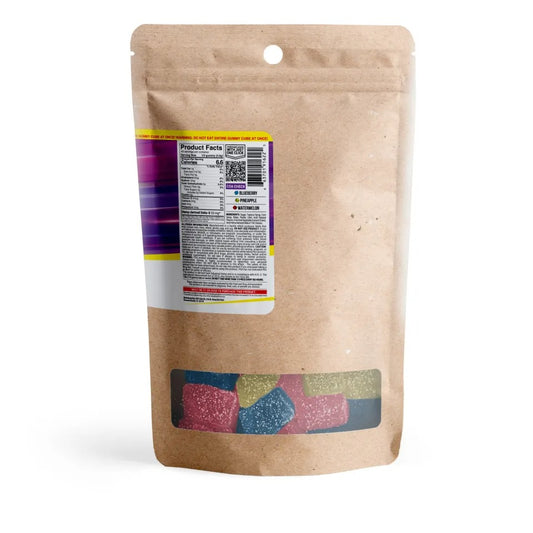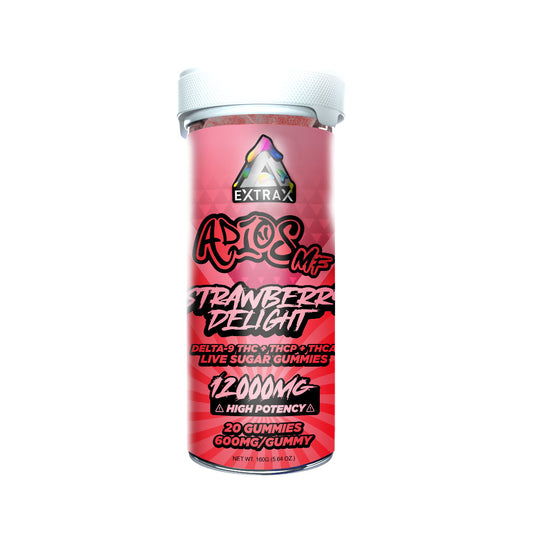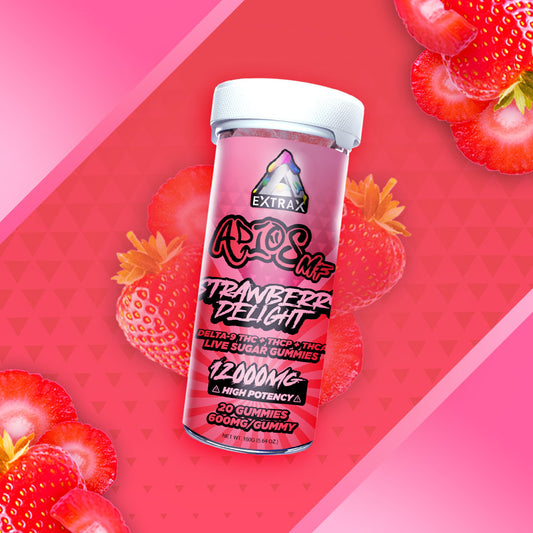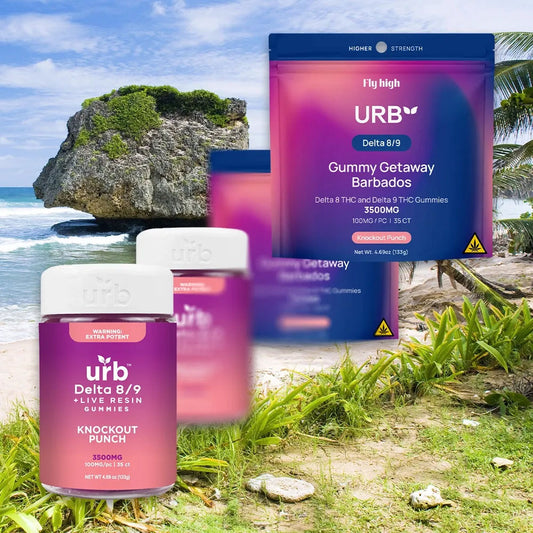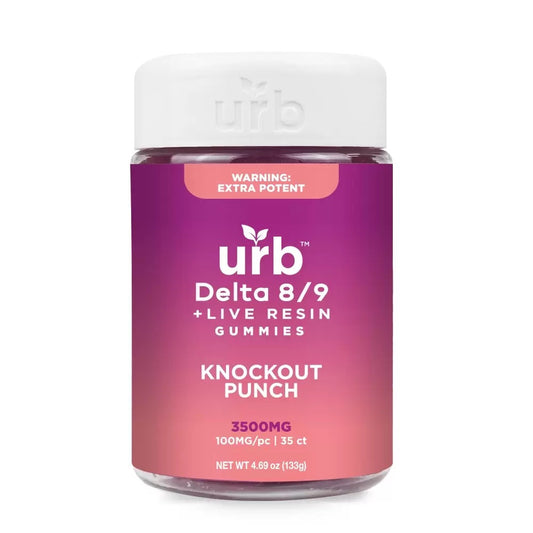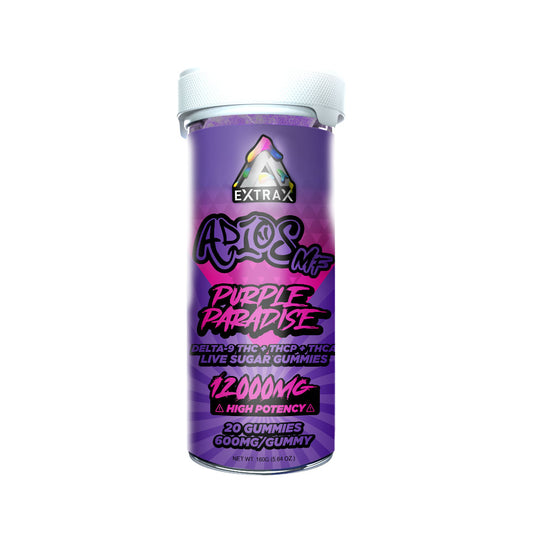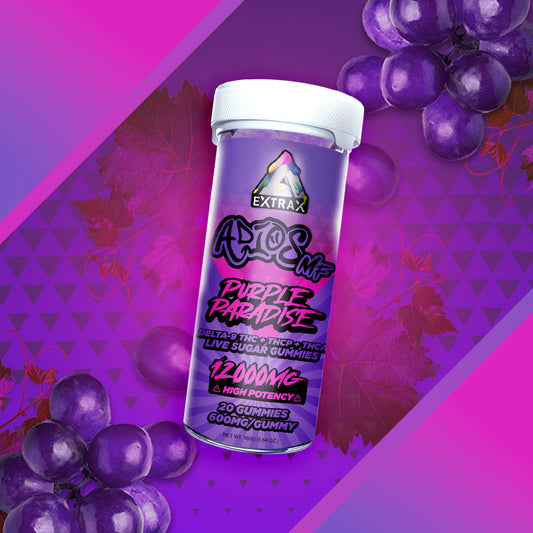
THCh vs THCjd vs THCp: 9 Key Differences Every Hemp Enthusiast Should Know
The hemp world never stops evolving. Just when you think you’ve learned all the cannabinoids - Delta 8, Delta 9, Delta 10 - along come a few new players: THCh, THCjd, and THCp. These hemp-derived compounds have been popping up in gummies, vapes, and other products, and they’ve got curious customers wondering: What’s the difference? Which one might fit my vibe best?
While they share some similarities, each cannabinoid brings its own unique profile, structure, and reputation. Here’s a breakdown of the nine biggest differences between THCh, THCjd, and THCp so you can feel informed before making your next hemp product choice.
1. What Each Cannabinoid Actually Is
THCh (Tetrahydrocannabihexol)
THCh is a naturally occurring cannabinoid found in small amounts in hemp. It has a six-carbon side chain in its molecular structure - a small chemical tweak that gives it a slightly different profile from other cannabinoids.
THCjd (Tetrahydrocannabioctyl)
THCjd has an eight-carbon side chain, making it one of the longest carbon chains found in cannabinoids. That longer chain changes how it interacts with receptors in the body.
THCp (Tetrahydrocannabiphorol)
THCp has a seven-carbon side chain and is often noted for its strong binding affinity to certain cannabinoid receptors, making it a standout in the hemp scene.
2. Their Place in the Hemp Family Tree
While they sound similar, these cannabinoids aren’t just alphabet soup - they’re all homologues of THC. This means they share a similar structure but with slightly different side chain lengths, which can affect how they behave. Think of them as close cousins within the same family, each with its own personality.
3. How Rare They Are in Nature
One thing these cannabinoids have in common? They’re rare. In natural hemp plants, you’ll only find trace amounts of THCh, THCjd, and THCp. Because they’re so scarce, most commercial products contain hemp-derived, lab-created versions of these cannabinoids. This allows for higher purity and consistent quality.
4. The Farm Bill Connection
All three cannabinoids, when derived from hemp with less than 0.3% Delta 9 THC on a dry weight basis, are considered federally legal under the 2018 Farm Bill. That means you’ll see them in gummies, vapes, and other hemp edibles in states that allow hemp cannabinoid sales. However, state laws vary, so always check your local regulations before buying.
5. How They’re Made for Products
Because they’re naturally found in such small amounts, manufacturers typically use specialized extraction and conversion techniques from CBD or other hemp cannabinoids. This is how they achieve quantities large enough to infuse into gummies, tinctures, and other products. Without lab work, you’d need a whole hemp field to collect enough THCh, THCjd, or THCp for even one gummy.
6. Product Variety & Formats
While Delta 8 and Delta 9 products dominate the market, THCh, THCjd, and THCp are showing up more often - usually in blends. Common formats include:
- Gummies – Ideal for slow, measured enjoyment. Shop THCh gummies
- Vapes – Often combined with other cannabinoids for unique profiles.
- Tinctures – Less common, but available from niche brands.
Many brands pair these cannabinoids with others (like Delta 8, Delta 9, or Delta 10) to create custom cannabinoid blends.
7. Differences in Reported Potency
Without making medical or physiological claims, here’s what hemp fans in the community often discuss:
- THCp is frequently noted as one of the most potent cannabinoids in terms of receptor binding.
- THCh and THCjd are often described as having distinct “strength signatures” when blended.
Ultimately, potency is subjective and depends on your body chemistry, tolerance, and product formulation.
8. Flavor & Experience Profiles
On their own, cannabinoids don’t have much of a “flavor” - that comes from terpenes and other ingredients in the product. That’s why a THCp gummy might taste like blue raspberry, and a THCh vape could have a tropical punch profile. The experience is influenced less by taste and more by how the cannabinoid interacts with others in the blend.
9. Which One Should You Choose?
It depends on what you’re curious about:
- Looking for something rare? THCh is still relatively new and hard to find on its own.
- Want a unique blend profile? THCjd is often used in multi-cannabinoid combos.
- Interested in a cannabinoid with a strong receptor affinity? THCp has been drawing attention for that reason.
For most people, the decision comes down to availability, blend type, and personal preference. Many hemp fans try small amounts of each in different formats to see which fits their routine.
The Bottom Line
THCh, THCjd, and THCp may share the “THC” part of their names, but each has a unique molecular structure and place in the hemp world. From their rarity to their side chain differences, these cannabinoids are a fascinating part of hemp’s growing menu of options.
If you’re curious, start by exploring products from trusted brands that clearly label their cannabinoid content and provide third-party lab results. That way, you know exactly what’s in your gummy, vape, or tincture - and you can enjoy with confidence.
Ready to explore?
At Just Chill Gummies, we offer a curated selection of hemp gummies featuring cannabinoids like THCh, THCjd, and THCp - always sourced from reliable brands and made to keep your chill game strong. Check out our latest arrivals and see which one speaks to you.


